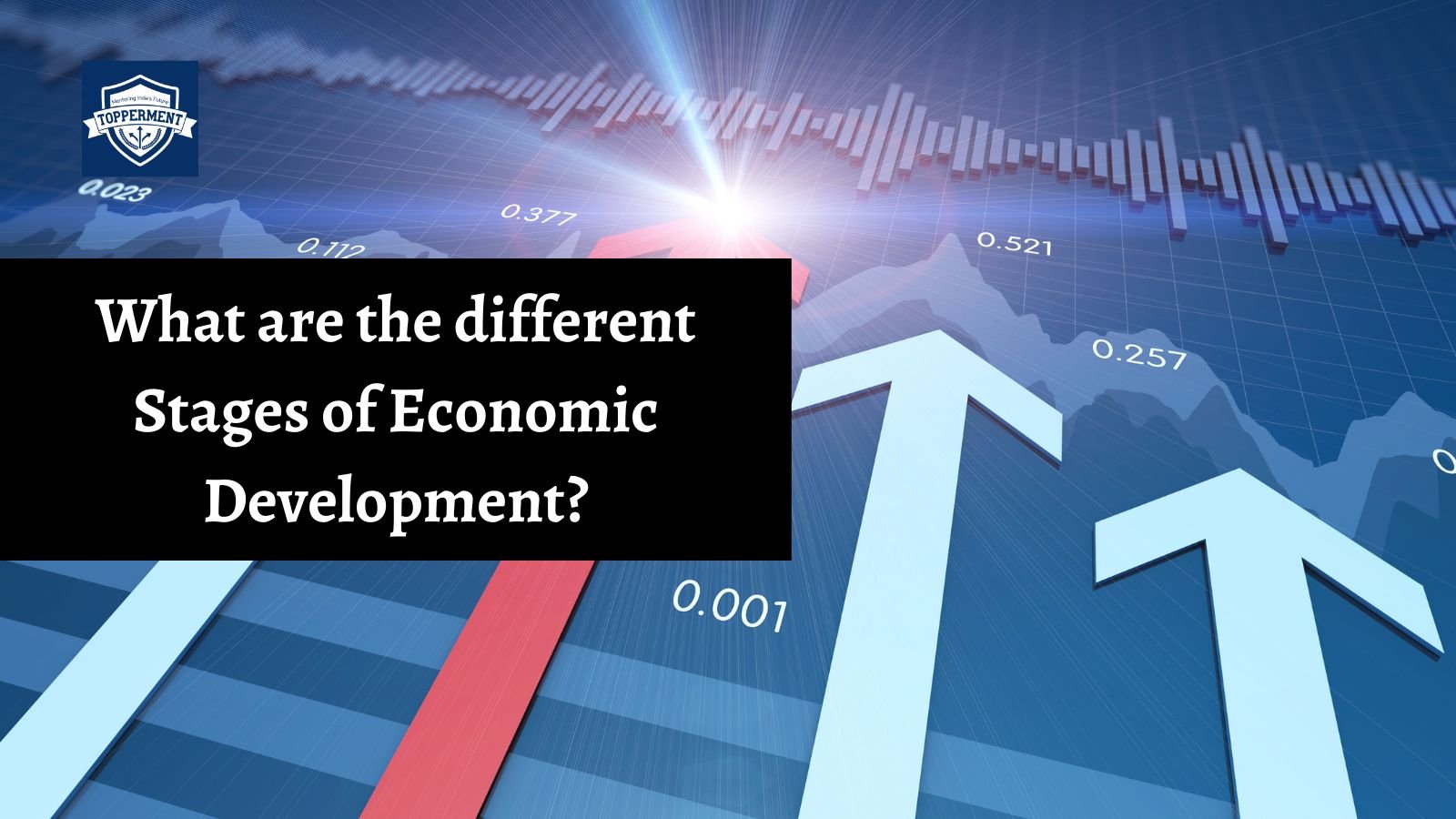Economic development can be defined as the growth in a country’s wealth and standard of living. Higher literacy rates, productivity, and quality of life are some of the important factors of economic development.
There are different levels of economic development. The different levels of economic development were introduced by Professor Rostow. He has divided the process of economic development into five stages that are traditional society, pre-conditions for take-off, The takeoff, the drive to maturity, and the age of high mass consumption.
In the traditional society level, modern technology and other modern aspects were not available. However, there have been a lot of innovations. The production can also increase due to the increase in property. The majority of the population was devoted to agriculture because a tremendous amount of labor was required to grow enough food to sustain the societies. Trade existed between Asia and Europe, but it was timely, costly, and more of a luxury than a necessity.
Preconditions for take-off is the period of change between the traditional society and society that takes off. For a certain time that society is establishing the preconditions for taking off. These pre-conditions are marked by an increase in productivity, such as in Europe during the 1700s and 1800s.
The population hit a critical mass that made agriculture take up such as high percentage of labor, which provided opportunities for the establishment of educational institutions, banks, and markets.
When all the preconditions for take-off are met, then the take-off aspect comes into play. Educated individuals started inventing new processes and tools to produce goods and services on a large scale. This required a different skill set from human laborers, so the economy shifts from agriculture to production.
Another level in economic development is the drive to maturity. It is a 60-year period between the takeoff and the final stage which is the age of mass consumption. The processes are improved, and the quality of life is also improved. With the help of new technology and ideas become a central part of society.
The last level of economic development is the age of mass consumption. In this level, after the drive to maturity, the economy reaches maturity and begins the final stage. The quantity and quality of products and services increase. The consumers start concentrating on goods, and they hardly remember the subsistence concerns of the previous stages.
The five stages of economic levels help us to understand different aspects of innovation and the quality of life. The activities that are done by the people with the usage of technology have shaped the quality of life for a community. Each community had challenges, priorities, and opportunities.
Also Read
- What are the features of the Presidential system? | UPSC Polity
- What are the new science and technology initiatives that are aligned with the National agenda? |UPSC Science and Technology
Follow Us For More Content On:
https://www.instagram.com/topperment/
Tag:Economic Development, Economics, IAS, IFS, India, IPS, IRS, Mass Consumption, Maturity, Preconditions, Take Off, UPSC


